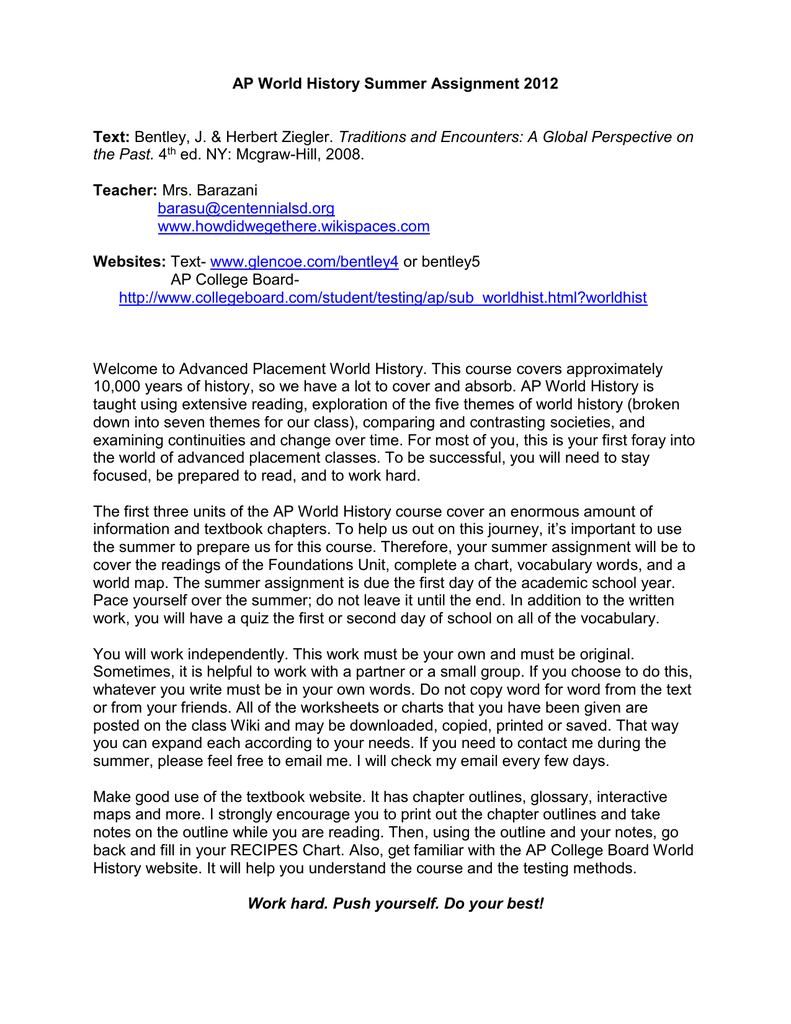
Heinrichs further writes that the only reason to “call foul” in an argument is if someone argues the inarguable-for instance, if someone refuses to budge on their beliefs or argues only to humiliate an opponent. Heinrichs stresses that, in an argument, a good rhetorician won’t simply call out his opponent for using a logical fallacy instead, he’ll find a clever way of exposing the fallacy while seizing the higher ground and moving the argument forward. Common logical fallacies include false comparisons (drawing a bad analogy), the bad example (generalizing from insufficient evidence), ignorance as proof (mistaking absence of evidence for evidence of absence), tautology (offering a conclusion as proof for itself), the false choice (narrowing an audience’s decisions), the red herring (offering distracting, irrelevant evidence or conclusions), and the wrong ending (drawing the wrong conclusion from the evidence). By mastering these fallacies, rhetoricians can take control over the argument and show that their opponents aren’t thinking rationally. In Part Two, Defense, Heinrichs begins by discussing some of the major logical fallacies that show up in arguments. Both inductive and deductive logic can be useful in an argument.
Chapter 19 ap world coursenotes series#
By contrast, inductive logic involves reaching conclusions by generalizing from a series of related examples. Deductive logic involves reaching conclusions through syllogisms-showing how certain categories fit together. Another important application of logos is logic. Heinrichs refers to this technique of tactical agreement as concession. But on other occasions, debaters can be more successful by agreeing with their opponent’s definitions and then using these definitions to win. One useful debating technique is to re-define an opponent’s definition of the terms, without being overly detailed.

By defining terms in an advantageous way, rhetoricians can stack the deck against their opponents. One of the most important aspects of logos is the definition of terms. Many advertisements use pathos by appealing to people’s desires, especially sexual desires. Another clever technique for using pathos is to appear to be holding back one’s emotions. Humor is one of the most powerful emotions, and therefore, it’s one of the best ways to appeal to pathos. To use pathos, persuaders need to be conscious of their audience’s emotional needs. Other important ways of increasing one’s ethos in the audience’s eyes include appearing virtuous (i.e., to share the same values as the audience), appearing to have practical wisdom (i.e., being a competent, savvy person), and appearing to be morally disinterested (i.e., having the audience’s best interests in mind). Decorum might involve dressing in appropriate clothing or using words with which the audience identifies. In order to bolster one’s ethos, or character, a good persuader will try to master decorum, or the art of fitting in with one’s audience.
Chapter 19 ap world coursenotes how to#
In the rest of the first part of the book, Heinrichs discusses how to use logos, ethos, and pathos to win an argument. Aristotle also developed another important rhetorical distinction: the three methods of persuasion: logos (argument by logic), ethos (argument by character), and pathos (argument by emotion). Too often (and especially in politics), a deliberative debate about what to do devolves into an unwinnable demonstrative debate about values. One of the key rhetorical techniques is find the proper tense for a debate. The Greek philosopher Aristotle identified these three kinds as forensic argument (which is concerned with blame, and which takes place mostly in the past tense), demonstrative argument (which is concerned with values, and which takes place mostly in the present tense), and deliberative argument (which is concerned with choices, and which takes place mostly in the future tense). There are, furthermore, three distinct kinds of arguments. Every argument has three basic steps: first, stimulating the audience’s emotions, second, changing the audience’s opinion, and third, getting the audience to do or choose something.


In Part One, “Offense,” Heinrichs lays out the basics of arguing. In Thank You for Arguing, Jay Heinrichs endeavors to show why the lost art of rhetoric-the study of argument and persuasion-can help people understand the world, help them succeed, and generally improve their lives.


 0 kommentar(er)
0 kommentar(er)
